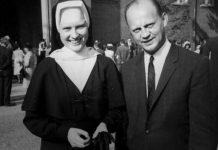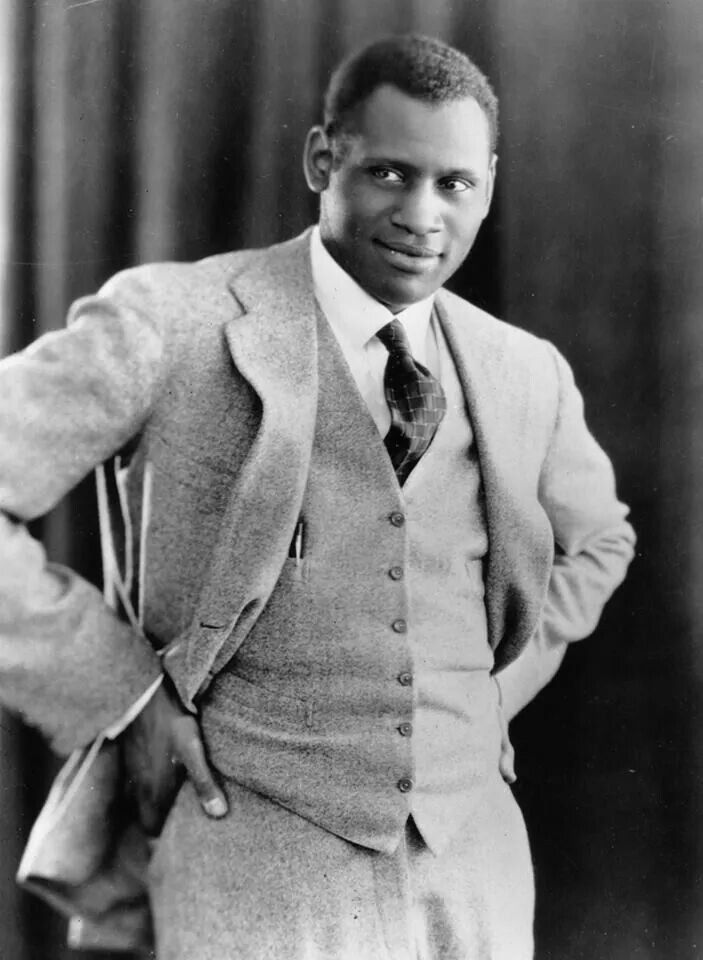
[This article follows CAM’s attempts to expose the criminal history of the CIA and is also part of a special for Black History Month that looks at the intelligence agency’s war on Black American activists, which the corporate media never spotlights.—Editors]
A celebrity performer who devoted his life to social justice struggles, Paul Robeson is an icon of the civil rights movement who helped set the groundwork for the political awakening of the 1960s.
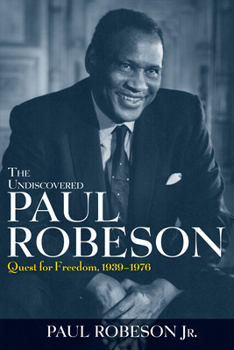
However, during his lifetime, the FBI and CIA considered Robeson a dangerous subversive and used all kinds of dirty tricks attempting to neutralize him.
According to Paul Robeson, Jr., a lawyer and activist like his father, Robeson was a victim of the CIA’s infamous Operation MK-ULTRA, which involved illegal drug testing and the injection of drugs in unwitting people in order to incapacitate them.
In his 2010 book, The Undiscovered Paul Robeson: Quest for Freedom 1939-1976 (New York: John Wiley & Sons, Inc., 2010), Robeson Jr. alleges that Richard Helms, then the CIA’s chief of operations, poisoned Robeson with drugs to prevent his visit to Havana at the time of the Bay of Pigs landing.[1]
At the time of his drugging, Robeson Sr. was staying at the Sovietsky Hotel in Moscow, where he had gone after a trip to London in which he had visited Eastern European embassies and met with a top aide to Kwame Nkrumah, Ghana’s first post-independence leader who was overthrown in a CIA-backed coup in 1966.
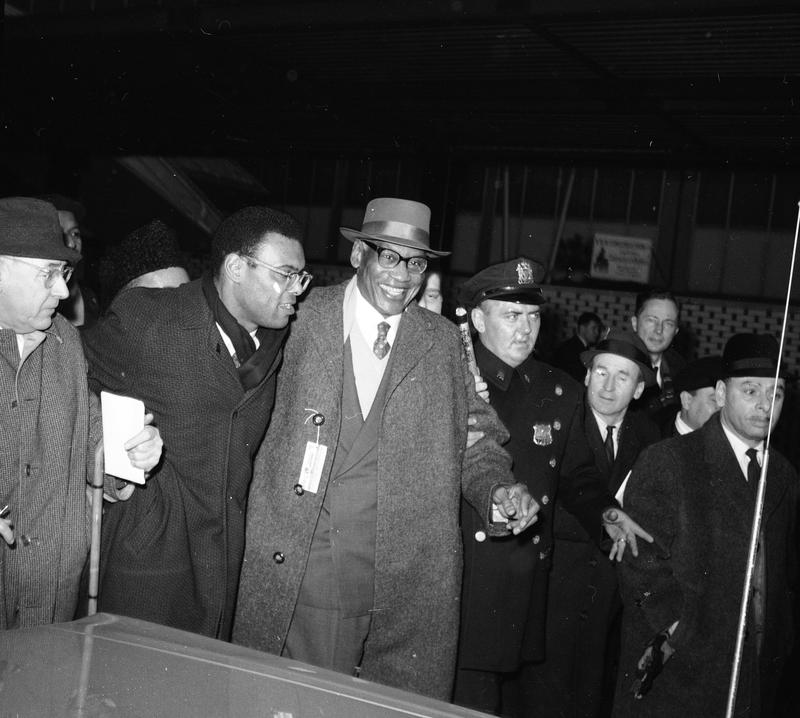
Helms gave the green light to widespread overseas operations under MK-ULTRA making use of the new hallucinatory drug LSD, lethal toxins, and electroconvulsive therapy (ECT).
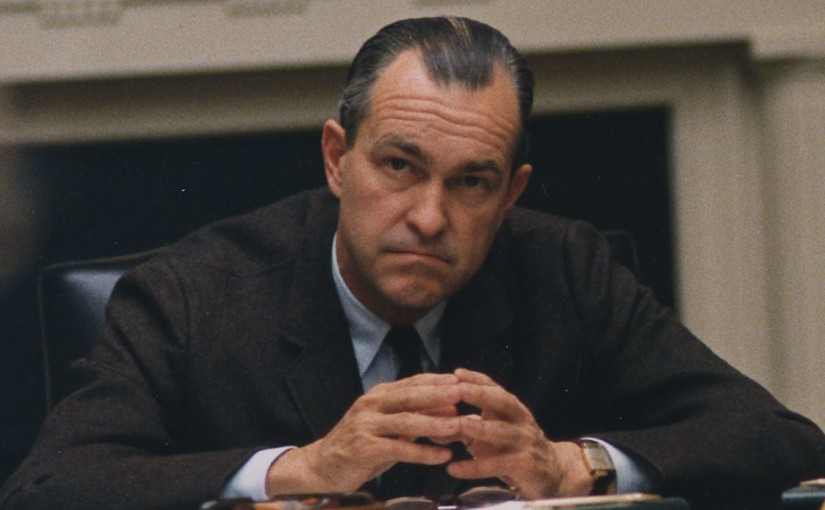
MK-ULTRA subproject 111 was headed by Professor Hans Jürgen Eysenck, the director of the psychology department of London’s Maudsley Hospital, a staging point for European and African MK-ULTRA operations.

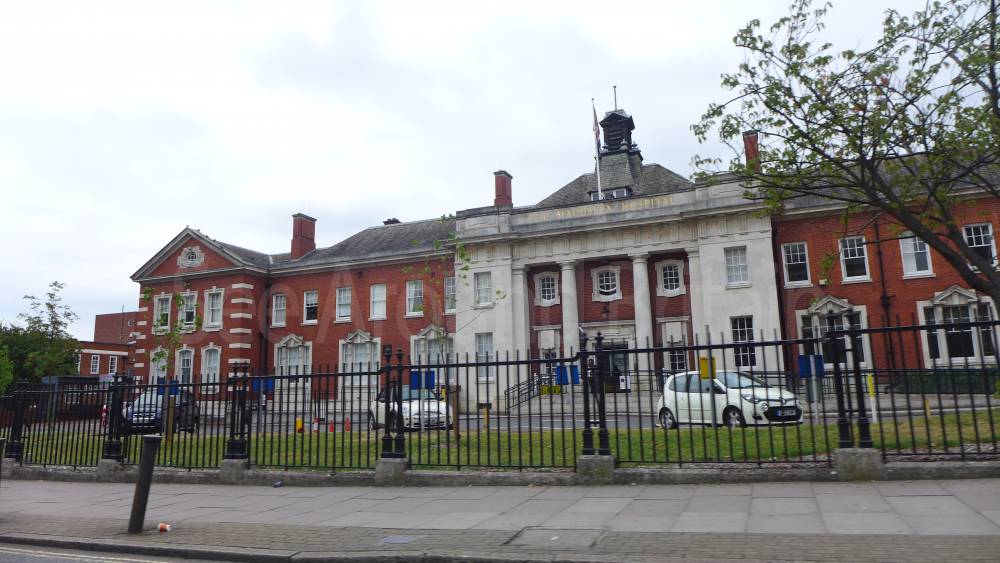
Robeson was targeted because his stature as an artist, combined with his increasingly radical political activities, made him a serious threat to the establishment. He was a leading light of anti-colonial movements in Africa, spoke out strongly against American wars like Vietnam and Korea, and urged Blacks to resist the draft.[2]
In August 1955, after being hauled before the House Committee on Un-American Activities (HUAC) and asked about a speech that he gave that allegedly lauded Soviet leader Joseph Stalin, Robeson replied that he “wasn’t here to talk about Stalin—a matter for the Soviet people”—and was not going to argue with “representatives of the people who in building America wasted 60 to 100 million lives of my people, black people drawn from Africa on the plantations. You are responsible, and your forebearers, for 60 to 100 million black people dying in the slave ships and on the plantations, and don’t you ask me about anybody, please.”[3]
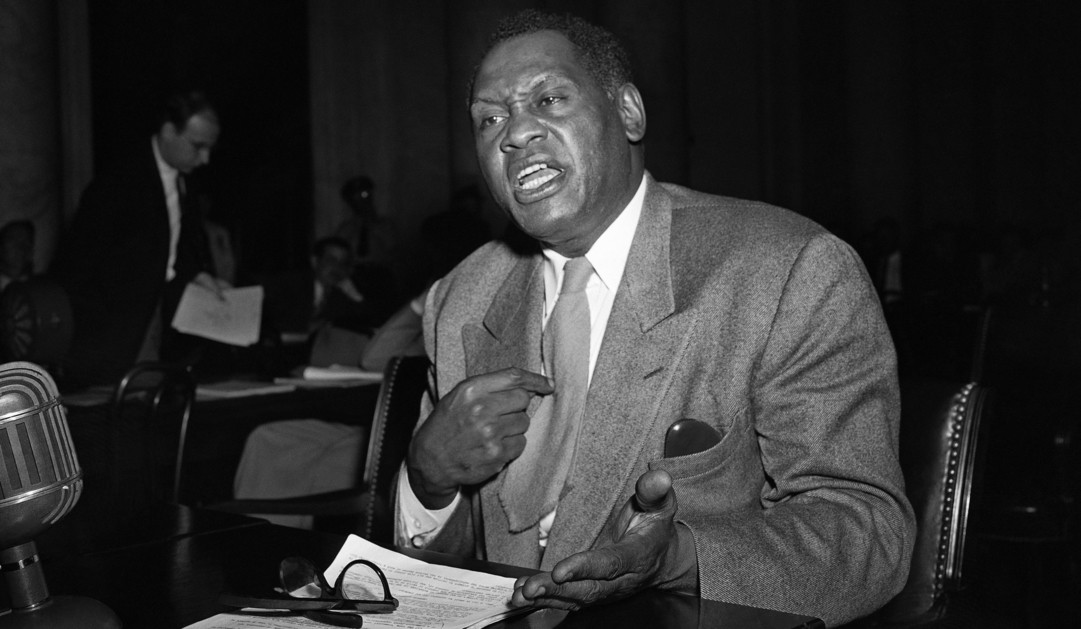
As early as 1935, officers of Britain’s MI5 visited Robeson on the set of Sanders of the River, the first Hollywood film to feature a powerful Black male star. The FBI opened a file on Robeson in 1941.[4] At the end of World War II, his case was assigned to a special agent responsible for covert operations, and he nearly died subsequently after his vehicle was sabotaged.[5]
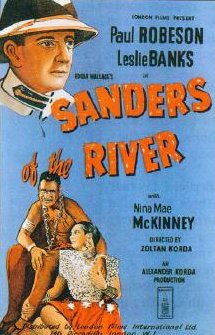
While attending a cocktail party in New York City, a Black member of the U.S. Mission to the United Nations told Robeson Jr. about an exchange that allegedly took place between Richard Helms and CIA Director Allen Dulles in the late 1950s.
Helms floated the idea to Dulles about “solving the Robeson problem,” though Dulles urged caution because he did not “want to create a martyr.” John Stockwell, chief of the CIA’s Angolan Task Force, told Robeson Jr. that the CIA had viewed his father as a “dangerous badman.”[6]
Robeson Sr. felt anxiety during his time in Moscow because he knew the CIA was surveilling him. Robeson Jr. wrote that “the CIA knew [his father] intended to visit Cuba from Moscow and it would seem likely that they would not want him there as they prepared for the [Bay of Pigs] invasion. All of this contributed to my belief that he had been subjected to a CIA ‘hit.’”[7]
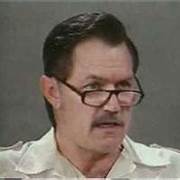
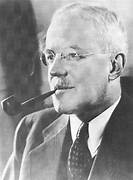
On April 4, 1961, Robeson had a heart attack, a week after he was found lying on the bathroom floor of his hotel suite, semi-conscious, after having slashed his wrists.[8]
The night before the suicide attempt, a raucous party had been held in his suite lasting well past midnight. Robeson Jr. was suspicious of the party because it was uncharacteristic, he said, for his father to expose himself to strangers in this manner. He felt that he was probably deceived into agreeing to the party by someone claiming to be a government official but who was in reality a Western intelligence agent.
Robeson Jr. believed that, in the environment of the party, it would have been possible to drug his father.[9] Robeson’s symptoms were identical to those produced by BZ (3-Quinuclidinyl Benzilate), a mind-altering drug developed by the intelligence agencies in Britain and in the U.S. for use in MK-ULTRA. They included “paranoiac psychosis” with depressive symptoms thought to have been caused by acute anxiety.
Robeson Jr. said that, after he visited his father the day after the suicide attempt, Robeson Sr. said that he had felt trapped in a real life “James Bond nightmare.” The walls were always closing around him. He shut himself in his bedroom, suffering extreme depression and feelings of utter worthlessness—all symptoms induced by hallucinogenic drugs that were given to him.
Shortly after he left Moscow, Robeson was admitted to the Priory Hospital in London. Within 36 hours of his arrival, and against the advice of Soviet doctors, Robeson was subjected to the first of 54 electro-convulsive shock therapy sessions.
The drug therapy left Robeson in a debilitative state, from which he never really recovered (he died in 1976 at age 77).
Robeson Jr. said that the shock therapy sessions, combined with the prescription of anti-depressants, resembled the “mind depatterning” treatment funded by the MK-ULTRA project, which consisted of “intensive electroshocks usually combined with prolonged, drug-induced sleep.”[10]
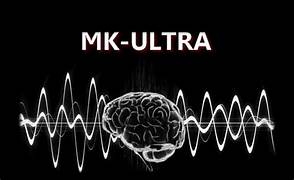
Robeson Jr. found out that at least three doctors who treated his father in London and in New York had links to MK-ULTRA.
The doctors were a) Nathan Kline, a researcher regarded as “the father of psychopharmacology,” who made a name for himself promoting use of antidepressants and administering drugs in mental hospitals; b) Brian Ackner, of the Maudsley Institute, a pioneer in the development of drug treatments for schizophrenia; and c) Kline’s associate, Ari Kiev, a specialist in depression and suicide prevention, who was attached to the Maudsley Institute of Psychiatry and Harvard, Cornell Medical College and Johns Hopkins Hospital, all of which had psychological research programs directed by contractors for the CIA’s MK-ULTRA project and funded by the CIA through a study group called the Society for the Investigation of Human Ecology.
Dr. Kiev had also worked at Lackland Air Force Base in Texas from 1962 to 1964, where he served as a captain and was attached to Wilford Hall Medical Center, the site of secret MK-ULTRA research conducted by psychologist Frank Barron.[11]
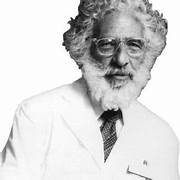

Mike Minnicino, an MK-ULTRA historian with close contacts in American intelligence, said that the allegations that Paul Robeson was really targeted by the CIA were “entirely plausible.”
Between April and June 1961, the FBI kept a dossier and a “status of health” file on Robeson, which reveals that plans were already made to prevent the world communist movement from exploiting Robeson’s “imminent” death.
“The fact that such a file was opened at all, is very sinister in itself,” Robeson Jr. said. “This indicates a degree of prior knowledge that something was about to happen to my father.”

-
The CIA in the Bay of Pigs sent counter-revolutionaries to try to sabotage Fidel Castro’s revolutionary government. ↑
-
Jordan Goodman, Paul Robeson: A Watched Man (London: Verso, 2013), 154. ↑
-
Goodman, Paul Robeson, 240. ↑
-
Paul Robeson, Jr., The Undiscovered Paul Robeson: Quest for Freedom 1939-1976 (New York: John Wiley & Sons, Inc., 2010), 24. ↑
-
Robeson, Jr., The Undiscovered Paul Robeson, 330. ↑
-
Robeson, Jr., The Undiscovered Paul Robeson, 309. ↑
-
Robeson, Jr., The Undiscovered Paul Robeson, 317. ↑
-
Robeson, Jr., The Undiscovered Paul Robeson, 311. ↑
-
Robeson, Jr., The Undiscovered Paul Robeson, 311, 312. ↑
-
Robeson, Jr., The Undiscovered Paul Robeson, 326. ↑
-
Robeson, Jr., The Undiscovered Paul Robeson, 355, 356. ↑
CovertAction Magazine is made possible by subscriptions, orders and donations from readers like you.
Blow the Whistle on U.S. Imperialism
Click the whistle and donate
When you donate to CovertAction Magazine, you are supporting investigative journalism. Your contributions go directly to supporting the development, production, editing, and dissemination of the Magazine.
CovertAction Magazine does not receive corporate or government sponsorship. Yet, we hold a steadfast commitment to providing compensation for writers, editorial and technical support. Your support helps facilitate this compensation as well as increase the caliber of this work.
Please make a donation by clicking on the donate logo above and enter the amount and your credit or debit card information.
CovertAction Institute, Inc. (CAI) is a 501(c)(3) non-profit organization and your gift is tax-deductible for federal income purposes. CAI’s tax-exempt ID number is 87-2461683.
We sincerely thank you for your support.
Disclaimer: The contents of this article are the sole responsibility of the author(s). CovertAction Institute, Inc. (CAI), including its Board of Directors (BD), Editorial Board (EB), Advisory Board (AB), staff, volunteers and its projects (including CovertAction Magazine) are not responsible for any inaccurate or incorrect statement in this article. This article also does not necessarily represent the views the BD, the EB, the AB, staff, volunteers, or any members of its projects.
Differing viewpoints: CAM publishes articles with differing viewpoints in an effort to nurture vibrant debate and thoughtful critical analysis. Feel free to comment on the articles in the comment section and/or send your letters to the Editors, which we will publish in the Letters column.
Copyrighted Material: This web site may contain copyrighted material the use of which has not always been specifically authorized by the copyright owner. As a not-for-profit charitable organization incorporated in the State of New York, we are making such material available in an effort to advance the understanding of humanity’s problems and hopefully to help find solutions for those problems. We believe this constitutes a ‘fair use’ of any such copyrighted material as provided for in section 107 of the US Copyright Law. You can read more about ‘fair use’ and US Copyright Law at the Legal Information Institute of Cornell Law School.
Republishing: CovertAction Magazine (CAM) grants permission to cross-post CAM articles on not-for-profit community internet sites as long as the source is acknowledged together with a hyperlink to the original CovertAction Magazine article. Also, kindly let us know at info@CovertActionMagazine.com. For publication of CAM articles in print or other forms including commercial internet sites, contact: info@CovertActionMagazine.com.
By using this site, you agree to these terms above.
About the Author

Jeremy Kuzmarov holds a Ph.D. in American history from Brandeis University and has taught at numerous colleges across the United States. He is regularly sought out as an expert on U.S. history and politics for radio and TV programs and co-hosts a radio show on New York Public Radio and on Progressive Radio News Network called “Uncontrolled Opposition.”
He is Managing Editor of CovertAction Magazine and is the author of six books on U.S. foreign policy, including Obama’s Unending Wars (Clarity Press, 2019), The Russians Are Coming, Again, with John Marciano (Monthly Review Press, 2018), Warmonger. How Clinton’s Malign Foreign Policy Launched the U.S. Trajectory From Bush II to Biden (Clarity Press, 2023); and with Dan Kovalik, Syria: Anatomy of Regime Change (Baraka Books, 2025).
Besides these books, Kuzmarov has published hundreds of articles and contributed to numerous edited volumes, including one in the prestigious Oxford History of Counterinsurgency .
He can be reached at jkuzmarov2@gmail.com and found on substack here.

